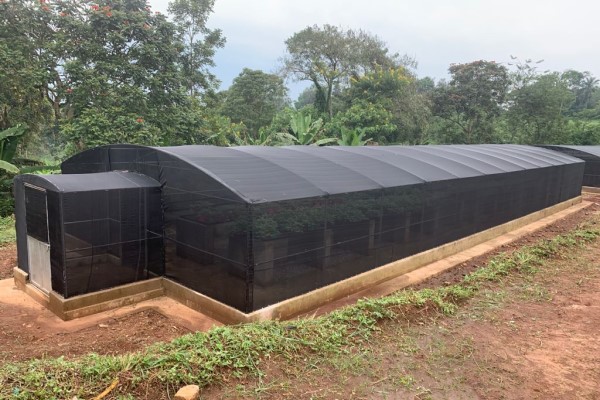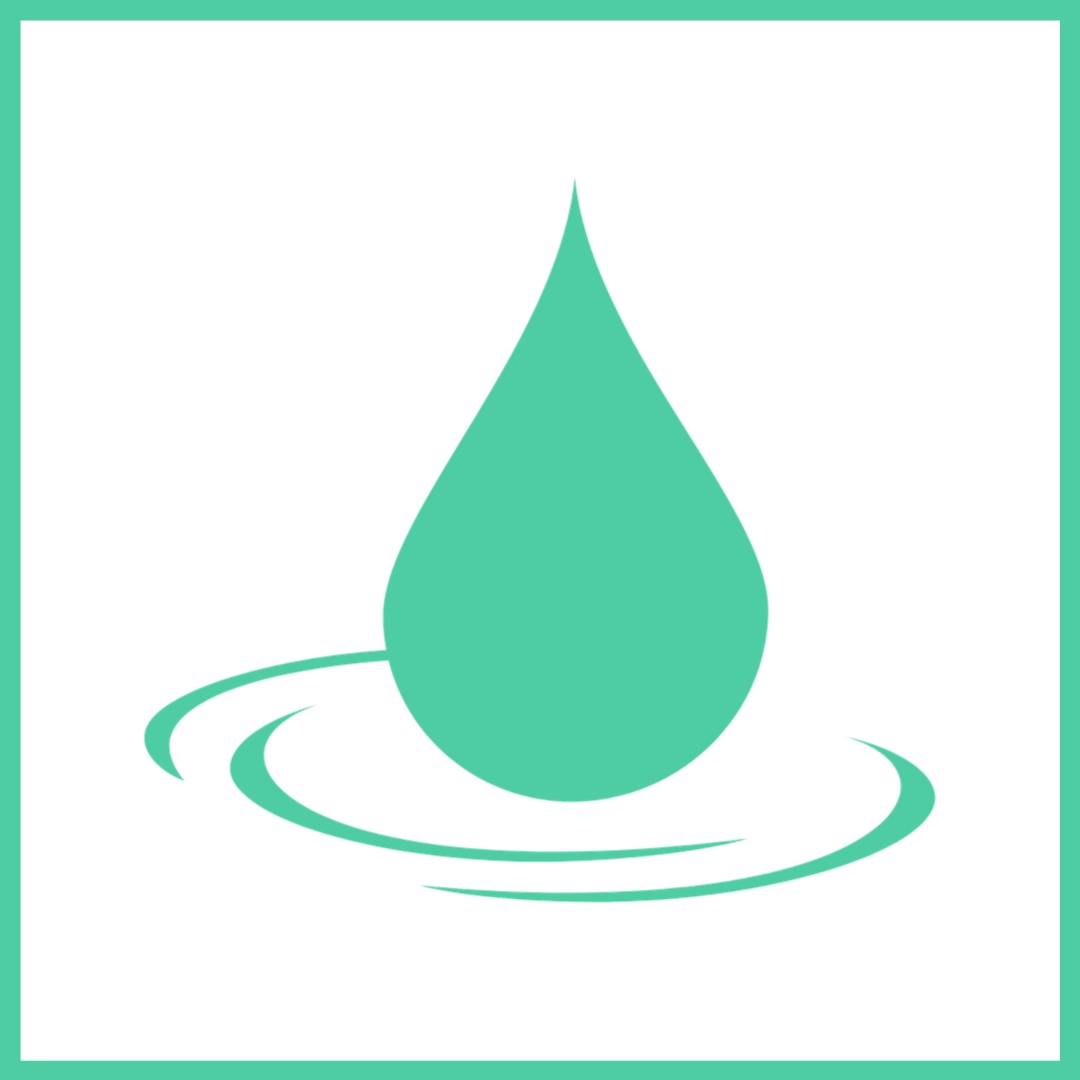
Top Reasons Why You Need Shadenets for Your Nursery in Kenya in 2025
Kenya’s vibrant horticultural sector plays a major role in feeding the growing population. For nurseries, maximizing plant health and growth in a necessity, and one indispensable tool for achieving this is the shadenet sheet.
Shading is an essential practice in seedling nursery management, particularly in Kenya, where climatic conditions can be harsh. Effective shading helps to regulate temperature, protect young seedlings from excessive sunlight, conserve moisture, and prevent damage from heavy rainfall or wind.
What Are Shadenet Sheets?
Shadenets are specialized fabrics designed to filter sunlight, control temperature, and regulate airflow. They are made from high-density polyethylene (HPDE) to provide varying levels of shading (ranging from 30% to 90%).
These nets are available in a different colors like green, black, and white, with each offering unique benefits. What are the shadenets for different seedlings?
1. Tree Seedlings
For tree seedlings, such as eucalyptus, acacia, and fruit trees like mango or avocado, shading is critical in the early stages of growth. During the germination and initial growth phase, these seedlings require high shading, typically between 60% and 80%. This level of shade helps protect the tender shoots and roots from direct sunlight and dehydration. As the seedlings mature and develop stronger stems and leaves, the shading can gradually be reduced to 40% or less to promote acclimatization to full sunlight. This staged reduction in shade prepares the seedlings for transplanting to open-field conditions.
2. Vegetable Seedlings
Vegetable seedlings, such as tomatoes, cabbages, and peppers, are particularly sensitive during their germination and early growth phases. They require heavy shading of about 70% to 90% to maintain a cool and moist environment conducive to germination and root development. As the seedlings grow and develop more leaves, the shading can be reduced to 50% to encourage sturdy growth and prevent elongation. By the time they are ready for transplanting, vegetable seedlings benefit from exposure to natural sunlight with minimal shading, ensuring they are robust enough to thrive in open fields.
3. Fruit Tree Seedlings
Fruit tree seedlings like citrus, guava, and pawpaw require moderate shading during their early stages of growth. Around 50% to 70% shade is ideal for protecting them from extreme heat and providing the right conditions for germination and root establishment. As these seedlings grow, the shading can gradually be reduced to 30% to encourage healthy leaf development and prepare the plants for outdoor conditions. Adequate sunlight in the later stages also enhances photosynthesis, which is crucial for strong and healthy seedlings.
4. Indigenous Tree Seedlings
Indigenous trees, such as African sandalwood, Moringa, and acacia species, have shading requirements that mimic their natural habitats. In the germination stage, they thrive under higher shading levels of 70% to 80% to replicate the protection they would receive under a forest canopy. As they mature, the shading should be decreased incrementally to 40% or less, allowing the seedlings to adapt to natural light conditions gradually. This approach helps these trees transition smoothly from the nursery to the wild or reforestation sites.
5. Ornamental Plant Seedlings
Ornamental plants, including flowers and decorative shrubs, have diverse shading needs depending on the species. In the early growth stages, most ornamental seedlings require high levels of shade (60% to 90%) to protect their delicate leaves and stems from harsh sunlight. As the seedlings grow, the shading can be adjusted to suit the specific light tolerance of the plant. For example, shade-loving species like ferns may retain higher shading levels throughout their growth, while sun-tolerant species like roses can adapt to minimal shading during later stages.
6. Herb Seedlings
Herbs such as basil, parsley, and coriander have moderate shading needs during germination and early growth stages, typically around 50% to 70%. This level of shading prevents water loss and protects the young plants from heat stress. As the seedlings develop, shading can be reduced to 30% or less, ensuring adequate sunlight for photosynthesis and robust growth. Proper management of shading at each stage helps herbs maintain their flavor, aroma, and overall quality.
Why Shadenet Sheets Are a Game-Changer for Kenyan Nurseries
Optimized Plant Growth
In Kenya’s hot climate, excessive sunlight can stress plants, leading to reduced yields. Shadenet sheets filter the sun’s rays, ensuring plants receive just the right amount of light.
By reducing heat and conserving moisture, these sheets create an environment that fosters robust root and foliage development.
Protection Against Harsh Weather
Shadenet sheets shield delicate seedlings and plants from heavy rains, strong winds, and hail, preventing physical damage and waterlogging.
They also mitigate the impact of fluctuating temperatures, ensuring consistent growth conditions.
Enhanced Pest and Disease Management
The controlled environment under a shadenet reduces the prevalence of pests and diseases, as many thrive in open, unregulated conditions.
This decreases the need for chemical interventions, promoting healthier, more sustainable cultivation practices.
Water Conservation
With water scarcity being a concern in some parts of Kenya, shadenet sheets help reduce evaporation, conserving this vital resource.
This makes them especially valuable for smallholder farmers and nurseries in arid and semi-arid regions.
Extended Growing Seasons
Shadenet sheets enable nurseries to grow plants year-round by buffering against extreme seasonal variations. This is crucial for meeting market demands and ensuring consistent income.
How to Choose the Right Shadenet Sheet
The choice of a shadenet is determined by factors like percentage, material, and color.
Determine Shading Percentage
Choose the level of shading based on your plants’ requirements—lighter shading for plants needing more sunlight and heavier shading for delicate varieties.
Material Quality
Look for UV-stabilized HDPE to ensure durability and resistance to wear and tear.
Color Selection
Green is the most common and versatile, while black offers higher heat absorption, and white enhances light diffusion.
Shade nets % and prices
At Mazero, we offer shade nets of different % at competitive pricing. Check our pricing below:
30% Shade Net – Kes 75 per square meter
50% Shade Net – Kes 90 per square meter
75% Shade Net – Kes 110 per square meter
90% Shade Net – Kes 160 per square meter
Scale up Your Propagation with Mazero Shade Nets
For nurseries, shadenets are not just an accessory—they are a necessity. They ensure optimal growing conditions and create a more sustainable production hub.
Are you into propagation or want to set up a vibrant nursery? Whether it’s seedlings, vegetables, flowers, succulents, or vines, a shade net will be your ideal solution to having a thriving nursery.
At Mazero, we offer high-quality, durable shade nets that will take your nurseries to the next level. Our products are made from high-quality materials to serve you for years. Are you ready to get started? Contact us today! Reach us on 0729777711 for any inquiries.

